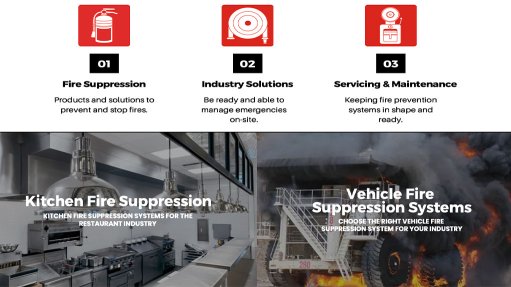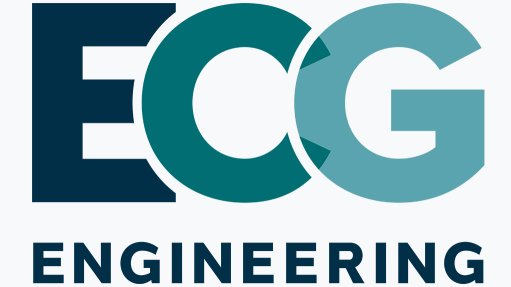School competes against universities in solar race
Maragon Private School Olympus pupils competed at energy and chemicals company Sasol’s Solar Challenge from September 27, which entailed driving a solar- powered car over eight days covering 2 000 km from Pretoria to Cape Town.
The race is held in South Africa every two years, in collaboration with motorsport controlling body Motorsport South Africa and Paris-based nonprofit association Fédération Internationale de l’Automobile (FIA).
Maragon Olympus, located in Pretoria, is one of the first schools to compete in the race since it was first held in 2008 with its Solar Eagle solar car.
The solar car project, which involved pupils – mentored by parents and teachers – has been included in the school’s curriculum. The subjects comprise mathematics, social studies, accounting, physical science, business studies and geography.
According to Sasol’s team manager Marinda Jordaan, the initiative started in November 2013 to ignite pupils’ imaginations and natural curiosity about the world and help them to access the necessary skills in science and technology.
“The solar project has integrated science into pupils’ understanding of what renewable energy is and how it can benefit our society,” she says.
Jordaan adds that, similarly, the project also served as an introduction to scientific processes, as participants observe, draft designs, apply critical thinking and judge the accuracy of their results regarding the car’s efficiency.
The students are in charge of the project and drive the process with mentors and specialists through six committees that comprise funding, marketing and public relations, logistics, education alignment, and design and building, as well as race execution, says Maragon Olympus communications officer Maryka Ludik.
“The Sasol Solar Challenge is an eye-opening, educational journey, offering teams – comprising scholars, students, various industry and government partners, as well as private individuals – hands-on experience to learn about science, innovation, teamwork and business principles,” she adds.
With opportunities for the public to interact with the vehicles en route, the challenge serves as a platform to encourage learners to consider careers in science and engineering. It also serves as a practical and engaging application for mathematics, science and technology, exposing learners and students to the challenges and excitement of engineering.
The solar-powered car has a 6 kW hub motor, which is driven by a 74 V lithium polymer battery that takes about four hours to charge, depending on the weather.
The car is covered by 6 m2 of solar panels – with an efficiency rate of
21.3% – which powers the 50 A battery.
The University of the Witwatersrand (Wits) competed in the race for the first time in 2012 and finished fourth. This year the team drove a brand new vehicle – the Wits Solar Car v2.0 – which was built largely by the School of Mechanical, Industrial and Aeronautical Engineering.
The university’s team competed against other students, industry and government partners, and private individuals from across the world, including South Africa, the Netherlands, Turkey and Cyprus.
The solar car generates 1 200 W from the sun, and will be travelling about 500 km a day using half the energy of an average hairdryer.
As much as 22% of the sunlight the car is exposed to is converted into electricity.
The car, which weighs about 175 kg, reached speeds of around 120 km/h.
However, total weight of the race vehicle and driver on the road is 280 kg.
Materials used in construction include aluminium, honeycomb and fibre composites, the same as those used in modern jet liners and Formula 1 cars.
The batteries used in the Wits Solar Car v2.0 are based on the Lithium Iron Phosphate chemistry and can only be recharged by the car’s on-board solar panels during the race.
The solar car is 1.8 m wide, 4.5 m long and 1.4 m high, and complies with the latest Olympia Class solar vehicle regulations as specified by the FIA.
Article Enquiry
Email Article
Save Article
Feedback
To advertise email advertising@creamermedia.co.za or click here
Comments
Press Office
Announcements
What's On
Subscribe to improve your user experience...
Option 1 (equivalent of R125 a month):
Receive a weekly copy of Creamer Media's Engineering News & Mining Weekly magazine
(print copy for those in South Africa and e-magazine for those outside of South Africa)
Receive daily email newsletters
Access to full search results
Access archive of magazine back copies
Access to Projects in Progress
Access to ONE Research Report of your choice in PDF format
Option 2 (equivalent of R375 a month):
All benefits from Option 1
PLUS
Access to Creamer Media's Research Channel Africa for ALL Research Reports, in PDF format, on various industrial and mining sectors
including Electricity; Water; Energy Transition; Hydrogen; Roads, Rail and Ports; Coal; Gold; Platinum; Battery Metals; etc.
Already a subscriber?
Forgotten your password?
Receive weekly copy of Creamer Media's Engineering News & Mining Weekly magazine (print copy for those in South Africa and e-magazine for those outside of South Africa)
➕
Recieve daily email newsletters
➕
Access to full search results
➕
Access archive of magazine back copies
➕
Access to Projects in Progress
➕
Access to ONE Research Report of your choice in PDF format
RESEARCH CHANNEL AFRICA
R4500 (equivalent of R375 a month)
SUBSCRIBEAll benefits from Option 1
➕
Access to Creamer Media's Research Channel Africa for ALL Research Reports on various industrial and mining sectors, in PDF format, including on:
Electricity
➕
Water
➕
Energy Transition
➕
Hydrogen
➕
Roads, Rail and Ports
➕
Coal
➕
Gold
➕
Platinum
➕
Battery Metals
➕
etc.
Receive all benefits from Option 1 or Option 2 delivered to numerous people at your company
➕
Multiple User names and Passwords for simultaneous log-ins
➕
Intranet integration access to all in your organisation


















